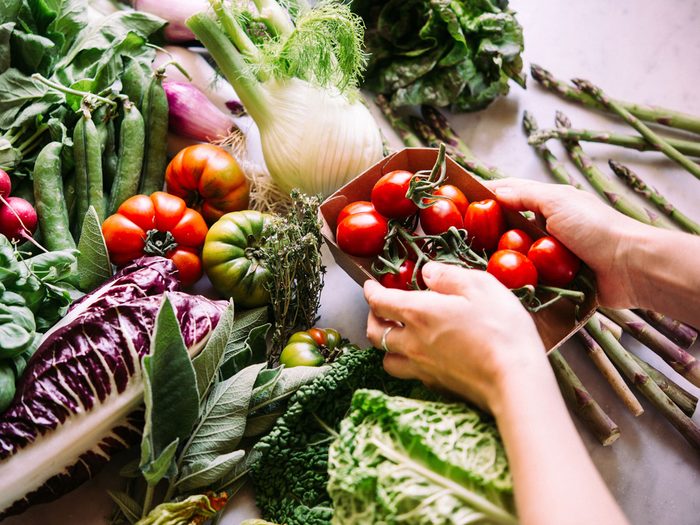
The importance of a colourful diet
Although leafy green vegetables have unique nutritional benefits, there are other brightly coloured foods that are equally important to our health. According to Samara Felesky-Hunt, a Calgary-based registered dietitian, phytochemicals (the pigments that give fruits and vegetables their dynamic colour) help us maintain good health and reduce the risk of developing chronic diseases.
And since Canada’s Food Guide recommends fruit and vegetables to account for half of your plate, here’s a closer look at what each colour can do for your health.
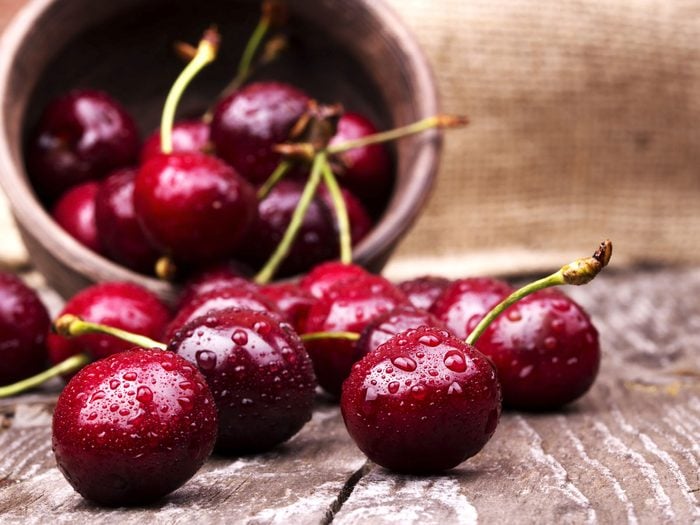
Red foods
Red foods have a very protective antioxidant effect. “Their phytochemicals can ward off or inhibit tumours in our bodies,” says Felesky-Hunt. Tomatoes, watermelon, pink grapefruit, and guavas are bursting with the cancer-fighting antioxidant lycopene. However, cooked tomatoes offer the most potent levels of lycopene.
Red apples are also an excellent source of quercetin, an antioxidant that crushes cell-damaging free radicals that can cause premature aging, heart disease, and cancer. Radishes, cherries, red cabbage, strawberries, cranberries, and red grapes contain anthocyanin, another cancer-fighting antioxidant that can also help improve circulation, lower blood pressure, and boost the immune system. (Here are some other simple ways to naturally boost your immune system.)
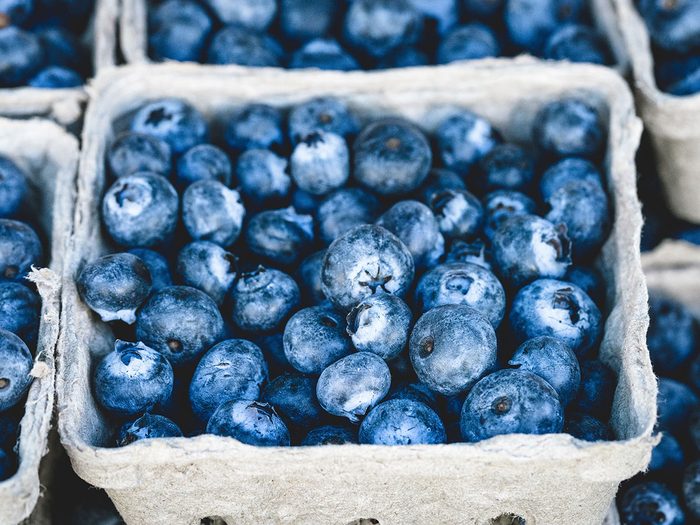
Blue and purple foods
Blue and purple fruits and vegetables are filled with antioxidants—especially anthocyanin. “It’s most abundant in berries,” says Felesky-Hunt. Fill up on plums, blueberries, blackberries, and juice from acai berries to reap their tumour-busting benefits. Anthocyanin also helps protect the skin from sun damage, reduce the risk of stroke, improve memory, and guard the cardiovascular system against plaque and LDL cholesterol damage.
Keep in mind, purple grapes are the best source of resveratrol, a natural plant compound that battles age-related disease.
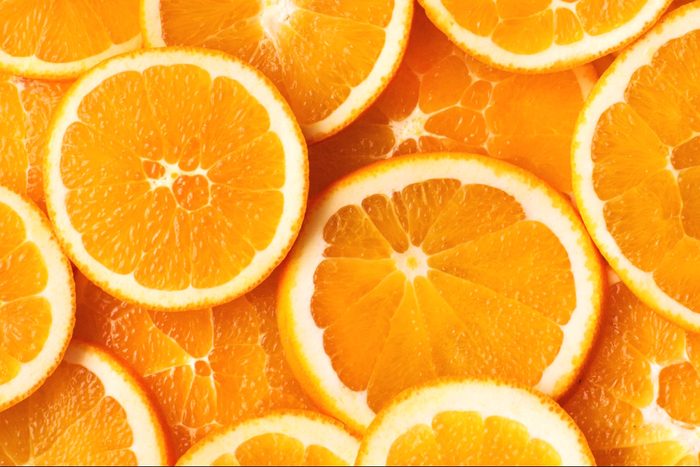
Orange and yellow foods
To up your intake of vitamin C and A, pile orange and yellow fruits and vegetables on your plate. Yellow bell peppers, papaya, and citrus fruit like oranges, lemons, and grapefruit come jam-packed with immunity-boosting vitamin C.
Sweet potatoes, carrots, and pumpkin are brimming with the antioxidant beta-carotene, “the precursor to vitamin A,” says Felesky-Hunt. Our bodies convert beta-carotene into vitamin A; it helps keep our skin healthy, bolsters immune function, and reduces the risk of eye diseases, such as cataracts and macular degeneration.
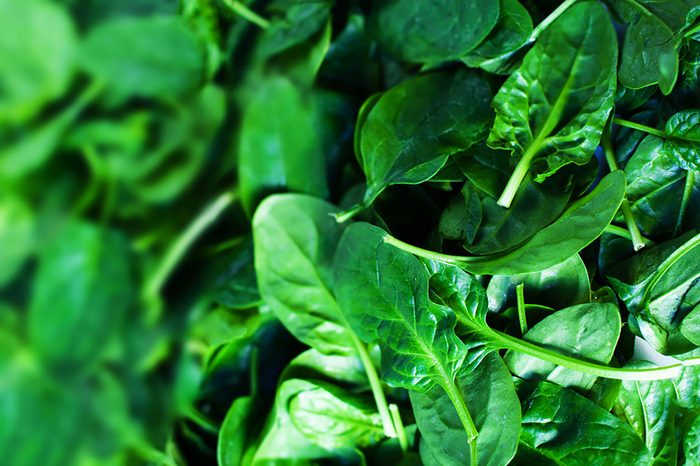
Green foods
Dark green vegetables—like kale, spinach, Brussels sprouts, and collard greens—are abundant in the eye-protecting antioxidant lutein. “It’s a very important phytochemical that can reduce the risk of age-related macular degeneration,” says Felesky-Hunt. Greens also offer generous amounts of vital vitamins and minerals; however, spinach, broccoli, and kale contain plenty of calcium, iron, and B vitamins.
Folate, one of the most important B vitamins for women of childbearing age, can help lower the risk of babies born with spine defects. Also found in avocado and asparagus, folate can ward off heart disease and depression.
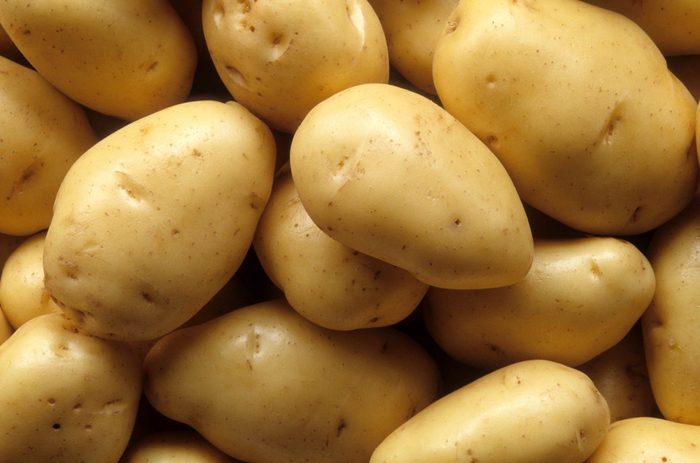
White foods
White vegetables, like mushrooms, boost our immune system while garlic and onions contain high levels of allicin—an antioxidant that fights bacteria and infections, and reduces the risk of certain cancers. You can also can get a wealth of fibre, vitamin C, and folate from cauliflower and parsnips.
Next, find out if breakfast is really the most important meal of the day.
